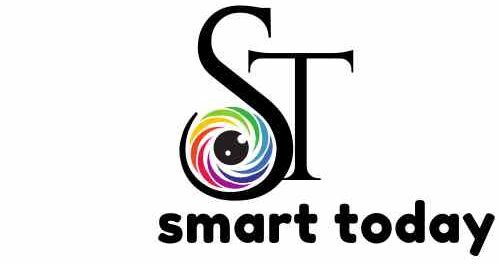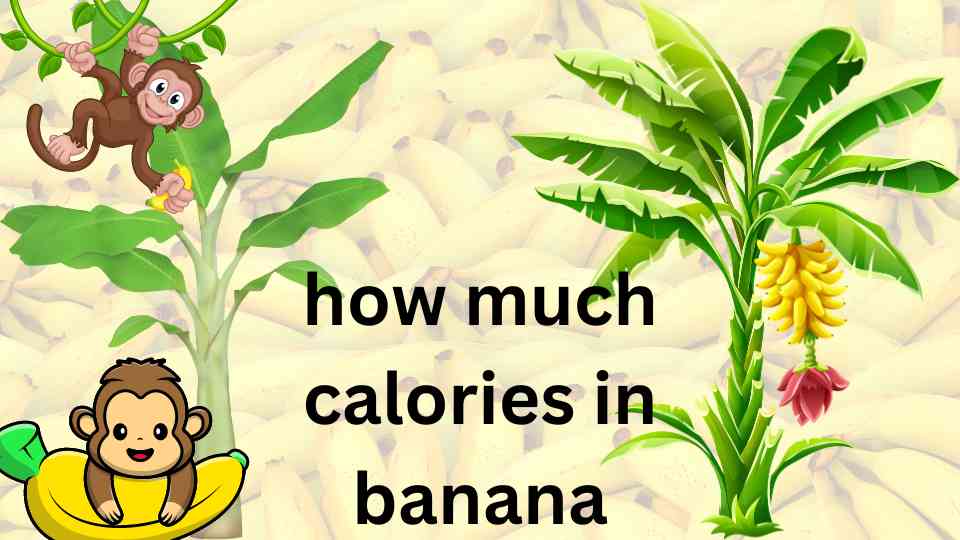how much calories in banana : Bananas contain vital nutrients such as vitamin B6, vitamin C, magnesium, and fiber,” explains Lauren Harris-Pincus, a registered dietitian and the author of The Everything Easy Pre-Diabetes Cookbook. “They’re also an excellent source of potassium, a nutrient lacking in the American diet, crucial for maintaining blood pressure and aiding the nervous system’s function.
how much calories in banana
Size/Preparation Weight Calories
Small (6–7 inches) 101 grams 90
Medium (7–8 inches) 118 grams 105
Large (8–9 inches) 136 grams 121
Extra large (9 inches or longer) 152 grams 135
Sliced (1 cup) 150 grams 134
Mashed (1 cup) 225 grams 200
how much calories in banana and Nutritional information for bananas.
105 calories
1.29 grams of protein
0.389 grams of total fat
26.9 grams of carbohydrates
3.07 grams of fiber
422 milligrams of potassium
10.3 milligrams of vitamin C
0.433 milligrams of vitamin B-6
5.9 milligrams of calcium
Health Benefits of banana
Blood pressure
management is promoted by the American Heart Association (AHA), advocating for reduced salt intake (sodium) and increased consumption of potassium-rich foods. Potassium plays a role in regulating blood pressure and easing strain on the cardiovascular system. As per nutritional data from the aforementioned sources, a medium banana offers nearly 9% of an individual’s daily potassium requirement.
Heart health
Bananas are packed with fiber, potassium, folate, and antioxidants like vitamin C, all of which contribute to maintaining heart health.According to a 2017 review from a trusted source, individuals who maintain a high-fiber diet tend to have a reduced risk of cardiovascular disease compared to those with a low-fiber diet. Additionally, those who consume higher amounts of fiber also show lower levels of low-density lipoprotein (LDL), commonly known as “bad” cholesterol.
Digestive health
Bananas contain water and fiber, promoting regularity and supporting digestive health. A medium banana can supply approximately 10% of an individual’s daily fiber requirement.Additionally, bananas are a key component of the BRAT diet, a regimen recommended by some doctors for managing diarrhea. BRAT stands for bananas, rice, applesauce, and toast. Diarrhea can result in the loss of vital fluids and electrolytes like potassium, which bananas can help replenish.
While high-fiber foods may trigger bloating, gas, and stomach cramps in individuals with inflammatory bowel disease (IBD), as per a 2012 study, bananas were found to potentially alleviate symptoms, according to the study’s authors.
The Crohn’s and Colitis Foundation of America recommends bananas as a snack option in their dietary plan.
Enhances Management of Diabetes
Unripe bananas contain high levels of resistant starch, which functions similarly to fiber in the digestive process. Because of their health advantages, unripe bananas are frequently processed into pulp or flour and incorporated into functional food products and research investigations.
A comprehensive review of multiple studies revealed that green banana flour is effective in enhancing insulin sensitivity, facilitating weight loss, and mitigating certain liver and kidney complications associated with diabetes—factors crucial for long-term disease management.
Assists in Weight Loss
The banana often faces criticism for its high starch content, but it is actually a low-calorie food packed with filling fiber, which aids in achieving weight loss goals. With approximately 3 grams of fiber per 100 calories, bananas are an excellent choice for feeling satisfied without overindulging.
Research indicates a correlation between increased fiber intake, calorie reduction, and weight loss. A combined analysis suggests that adding 14 grams of fiber to the daily diet (or reducing calorie intake by 10%) can result in a weight loss of 4.4 pounds over four months. Incorporating bananas into your snack or breakfast options can contribute to achieving and sustaining a healthy weight.
Read More Blog Posts HERE
Subscribe to My YouTube Channel HERE

